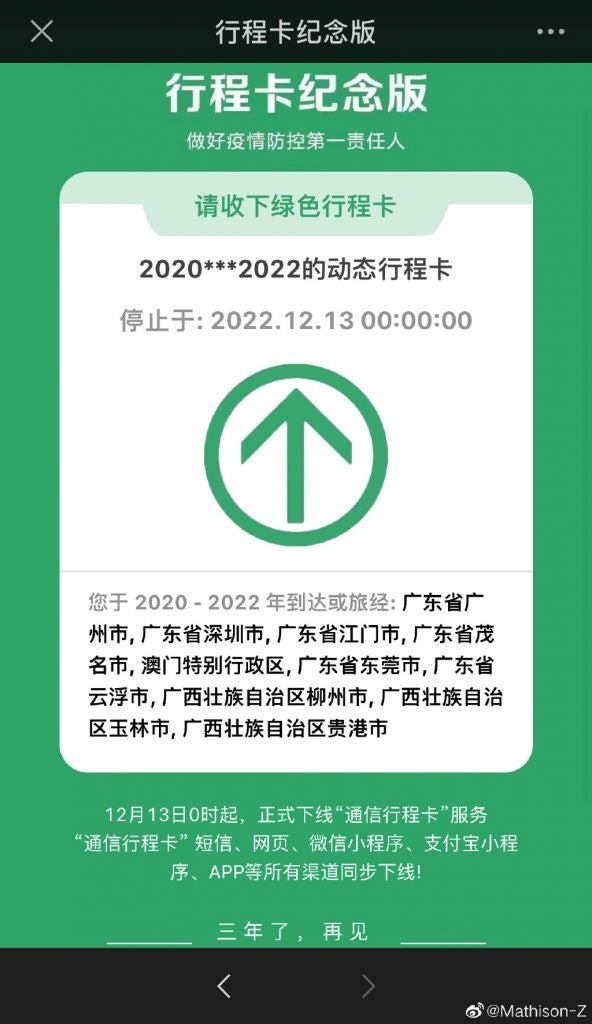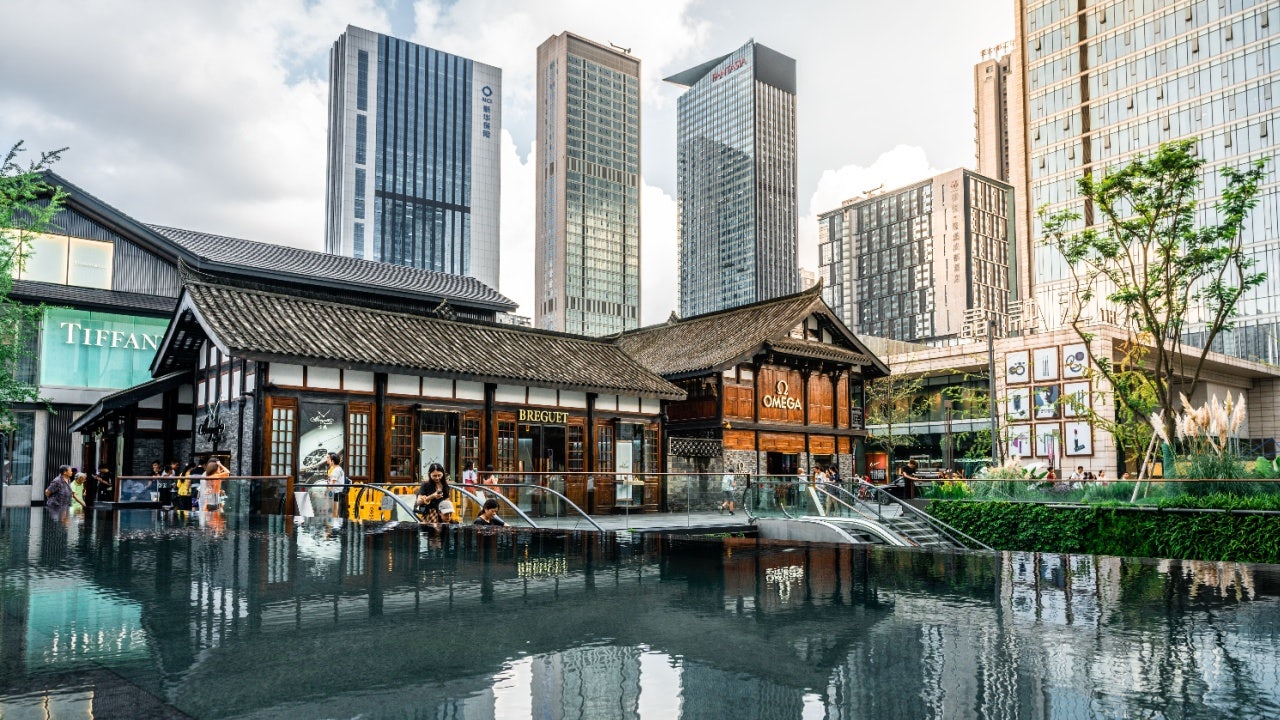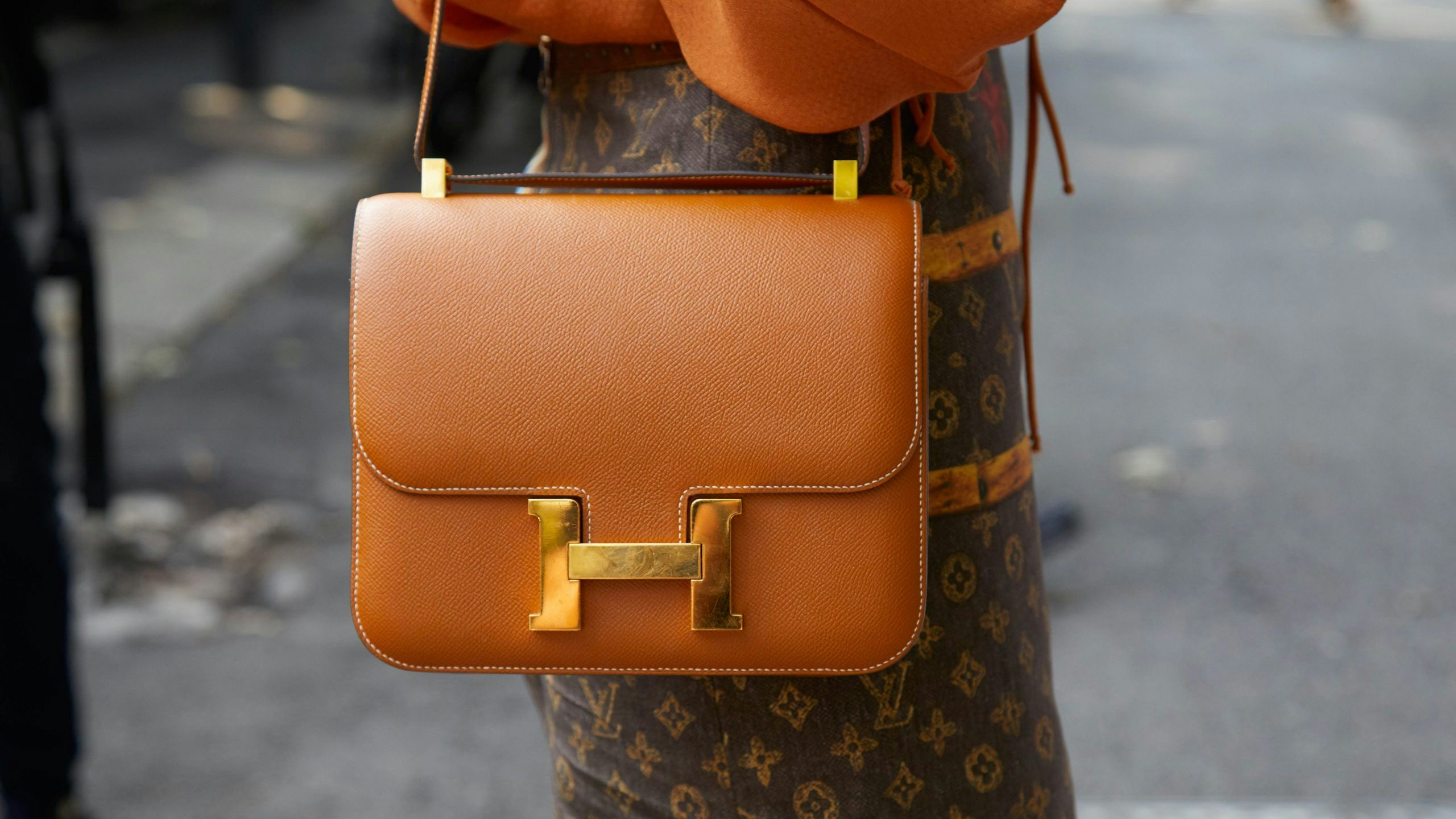On December 7, China announced 10 new rules that constitute a relaxation of almost all of its stringent COVID-19 pandemic control measures. Domestic travel and public spaces (except for medical institutions, nursing homes, and elementary and middle schools) will no longer check for negative COVID test results and health codes.
The rules also formally permit mild and asymptomatic cases to recover at home. Shortly after their announcement, additional mobility restrictions issued by local governments, such as the “five-day rules,” were also scrapped.
The new rules effectively mark the end of China’s “Dynamic Zero” policy, almost exactly three years after the first COVID-19 cases were reported in Wuhan.
China’s return to normalcy led to a sudden surge in domestic tourism. On December 9, searches for the popular visitor destination Sanya on the travel platform Qiongyou jumped by 310 percent compared to the day before the relaxation, while searches for ski hotspots Changbai Mountain and Yunnan Province’s Lijiang increased by 280 and 220 percent, respectively. Multiple Chinese shares in the hospitality and tourism sector rallied to their daily limit.

China’s highway traffic, a day after the new rules were announced, increased by 6.5 percent and it had 260,000 more rail passengers. On December 12, there were over 7,400 domestic flights, a 93 percent growth compared to the prior week — recovering to about 60 percent of their pre-pandemic level.
One day later, China’s “travel code” mini-app, a pandemic control measure that displays a person’s travel history in the past seven days based on telecommunication records, went offline. On Weibo, the hashtag “travel code going offline” has gathered 500 million views. Many netizens remarked that it was truly the end of an era since the code was essential to being able to move around in China over the past three years.

However, the end of “Dynamic Zero” has also brought rapidly rising numbers of COVID cases. Given that there’s no mandatory, large-scale testing anymore, the exact statistics are currently unknown. But Beijing reported 22,000 fever clinic visitors on December 11, 16 times higher than the week before; and the city’s ambulance calls peaked at 31,000 on December 9, six times the daily average. Meanwhile, local health experts predict that the peak of the current COVID wave will arrive in one to three months.
In light of this, many are stockpiling medicines, especially the Lianhua Qingwen herbal remedy that is widely believed to be effective against the disease. The medicine is so sought-after that it prompted authorities to warn retailers against price gouging and requested the pharmaceutical company to increase production.
So far, the hoped-for “revenge spending” from Chinese consumers has yet to materialize. The growing number of COVID cases, along with widespread concern about contracting the disease, means that China’s retail recovery will be a lengthy process. According to U.S. business intelligence firm Morning Consult, about 70 percent of Chinese adults viewed COVID as a “major threat” as of this November. Although state media has recently been reassuring citizens to not be afraid, the concern is unlikely to be so quickly dismissed; many consumers indicate that they are refraining from venturing outdoors in order to avoid infection.
“Even though most people wanted COVID Zero to end, there is an adjustment period before we enter the new normal,” remarked Jacob Cooke, co-Founder and CEO of Beijing-based WPIC Marketing + Technologies. “The community spread of COVID creates new challenges for individuals, the healthcare system, and businesses. For brick-and-mortar retail, the biggest immediate challenge is staff being infected with COVID and shoppers staying at home due to infection or fear of infection,” said Cooke.
Indeed, multiple Beijing shopping malls, including SKP, are receiving noticeably fewer visitors than before the relaxation. The Xidan Mingzhu Mall has only about 20 percent of its stores open due to a large number of their operators contracting COVID, while the normally bustling streets of Taikoo Li Sanlitun are almost empty in the evening. Likewise, many restaurants in the central metropolis of Zhengzhou are reporting revenues lower than 50 percent compared to the same time last year due to the low number of diners.
Notably, the upcoming New Year and Chinese New Year holidays at the end of January 2023 coincide with the projected peak of COVID, and are dashing hopes of a speedy retail recovery. Therefore, the first quarter of 2023 may see low consumer spending because of the pandemic and shoppers being reluctant to mingle in crowded social spaces.
What this means is that the road to recovery won’t be immediate or easy. Pre-pandemic normalcy might only return in the second quarter as the Chinese public finishes adjusting to living with COVID.

